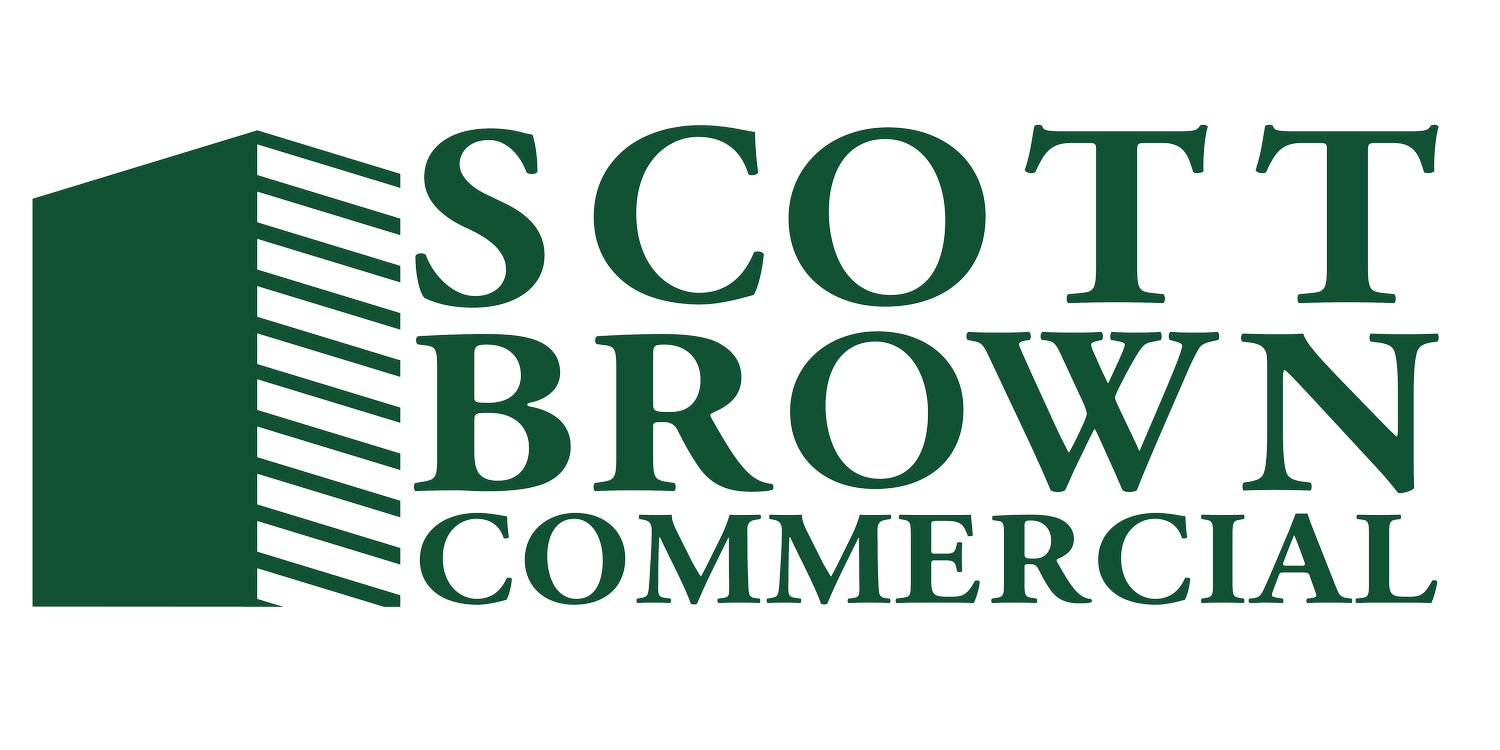
2025 Dallas-Fort Worth
Market Trends
DFW real estate is shifting fast — are you in the know? From rent trends to hot spots for new builds, we’ve broken it all down. Get the insights you need to stay ahead.
COMMERCIAL MARKET TRENDS
The Dallas-Fort Worth real estate market remains robust as we move into early 2025, with strong demand across most sectors despite some signs of rebalancing. The region continues to be a top destination for both businesses and residents, driving growth in suburban areas, particularly in places like Collin County and Kaufman. While there’s been a surge in new construction, this has been largely pre-leased, allowing developers to expand without overwhelming the market. The DFW market’s resilience is especially clear in its retail and office sectors, where tenant demand continues to outpace other major metros.
In multifamily, although the market has seen some softening due to a record supply in 2024, vacancies are expected to stabilize as construction slows and leasing activity remains steady. Meanwhile, the industrial sector remains in high demand, with strong absorption rates and a focus on pre-leased projects in key locations. Overall, DFW’s real estate market is poised for a period of healthy rebalancing, where strategic development and continued population growth will position the region for sustainable long-term success.
See more details below!
Market Trends Deep-Dive
Retail
As of early Q2 2025, Dallas-Fort Worth’s retail market remains strong, even amid a wave of closures from chains like JOANN, Party City, and Big Lots — making the first negative absorption in over two years. A slight uptick in vacancy (about 0.2%) mirrors national trends.
Despite this, DFW leads the country in tenant demand, posting 2.3 million square feet of positive absorption. A robust construction pipeline — nearly 70% pre-leased — is enabling retailer expansion without major vacancy spikes. Much of the activity is centered in high-growth suburbs like Collin County, where availability is higher (11%) due to speculative projects near new housing developments.
Rents have climbed over 20% in five years, with top-tier spaces fetching up to $45/SF. Rent growth has held above 4% since 2022, and continues domestic and international migration offers a solid demand base moving forward.
Office
Dallas-Fort Worth’s office market is starting to stabilize. Net absorption turned positive with 2.4 million SF added over the past year, and tenant renewals are slowing occupancy losses. Though vacancy rose to 17.8% due to new supply, move-outs have eased and demand is improving.
Major employers are pushing return-to-office policies, supporting attendance. Long-term fundamentals remain strong": DFW leads the U.S in population growth, boasts affordability, central location, and strong air connectivity, attracting regional offices and supporting resilience through economic shifts.
While vacancies remain elevated, much of it stems from outdated 1980s buildings that are less desirable to today’s tenants. New construction has slowed, with pre-leasing at 70% and fewer speculative projects ahead. Tenant-friendly conditions remain, but DFW’s cost advantage over coastal markets keeps it appealing to occupiers.
Industrial
The Dallas-Fort Worth industrial market is entering a rebalancing phase after a surge in new supply pushed vacancies to 9.2%, among the highest in major U.S. markets. Over 115 million SF has been delivered since 2023, with nearly 40% still leasing — offering tenants more options and leverage.
Though 2024 saw uneven demand and 27 million SF in move-outs, major tenants like Google and CJ Logistics helped stabilize absorption. That trend continues into 2025, with large move-ins from companies like Dick’s Sorting Goods and Canadian Solar softening early-year exits.
Developers are now slowing construction and shifting to smaller, build-to-suit projects, giving the market time to absorb recent supply. Infill areas remain strong, especially for small-bay properties with limited competition. With deliveries easing and demand holding, the market is expected to regain balance by late 2025.
Multi-Family
The Dallas-Fort Worth apartment market is gradually rebalancing in early 2025 after last year’s surge in new supply. While 38,000 units were delivered, only 29,000 were absorbed, creating a gap that’s now narrowing as construction slows and leasing remains steady.
Vacancy remains elevated at 11.4%, and rent growth is slightly negative (-0.7%) as many new units are still in lease-up. Developers have scaled back, with construction activity now at its lowest since 2015 due to high costs and softer returns.
New development is concentrated in fast-growing suburbs like Frisco, McKinney, Denton, and more affordable outer counties like Ellis and Kaufman. With supply still outpacing demand, over half of the properties are offering significant concessions — often six to eight weeks free. Vacancies are expected to peak this year, with improving balance setting the stage for rent growth to return in late 2025 and strengthen into 2026.
All information related to current market trends in the Dallas-Fort Worth area is provided by CoStar’s market data base.


